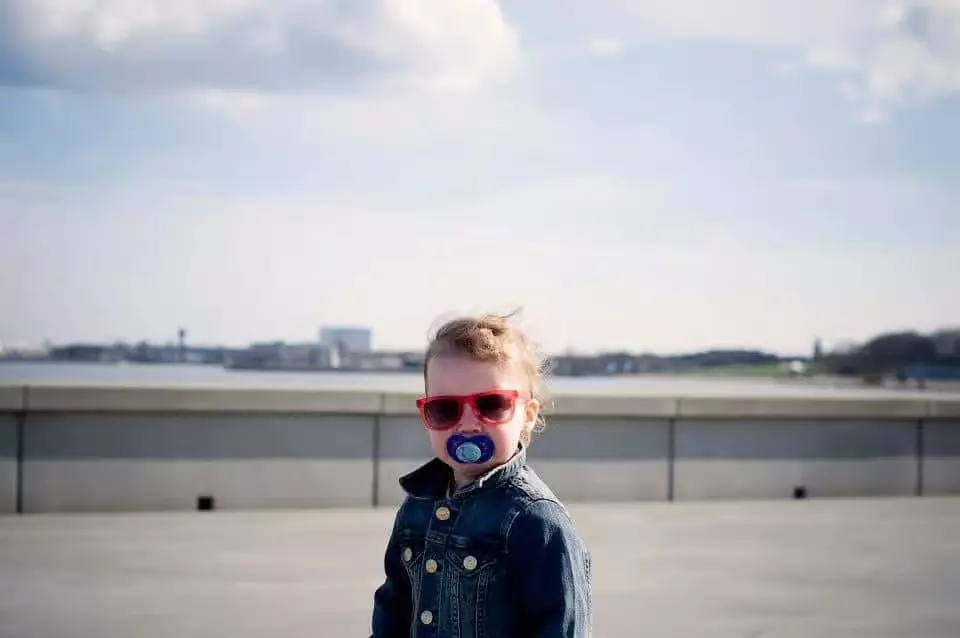In the expansive world of parenting, few topics evoke as much debate as the question of weaning from the pacifier. At one spectrum lies the counsel urging parents to relinquish the pacifier before the child reaches their first birthday, whereas, on the other hand, some suggest allowing children the autonomy to decide when to part ways with their precious soother. The divergence in advice can be overwhelming, yet one fundamental truth persists: each child is uniquely different. This article aims to shed light on the variances in approaches and offers insights that encourage compassion and responsiveness towards both parental desires and children’s needs.
The Positive Aspects of Pacifiers
To begin with, it’s vital to acknowledge the praised benefits that pacifiers can provide during infancy. Sucking is not merely a habit; it is a developmental necessity that serves to comfort babies. Not only does pacifier use afford a sense of security, but it has also been linked to reduced risks of Sudden Infant Death Syndrome (SIDS) during sleep—an insight that comforts many parents. Furthermore, pacifiers can help ease discomfort from minor medical procedures and even lend a hand to preterm infants by promoting shorter hospital stays and more effective bottle feeding, according to studies. While the advantages are compelling, a closer examination reveals that the story is not wholly benign.
The Downsides of Long-Term Pacifier Use
Despite these advantages, caution is warranted. The American Academy of Family Physicians highlights potential risks, such as early weaning from breastfeeding, if pacifier use is introduced too soon. Dental implications also loom large; research indicates that prolonged pacifier use can lead to malocclusion or misalignment of teeth if persisting past age two. Moreover, growing bodies also carry the risk of colonization by harmful bacteria when pacifiers are not kept clean, creating an environment ripe for infections, including ear infections—a worry for parents of frequent sufferers. The task of balancing these considerations is paramount for parents on the weaning journey.
Finding the Best Weaning Strategy for Your Child
Navigating the pacifier weaning process can feel daunting, yet there are various strategies parents can adopt, none of which are one-size-fits-all. Allowing a child to naturally relinquish their pacifier is often seen as the most gentle approach. Many children voluntarily stop using it between three and four years old. Trusting your child’s readiness can often alleviate stress for both parent and child, establishing a rhythm that feels organic rather than forced. However, every child’s timeline is different, and some may require a more structured approach.
For parents who seek a bit of magic in this transition, the idea of enlisting a “Binky Fairy” can transform the experience into a whimsical adventure. Even children who are deeply attached to their pacifiers find excitement in the notion of having their beloved items taken away to share with baby fairies in exchange for a small gift. This method enhances the idea of letting go while also keeping the process light and enjoyable.
Gradual Weaning Techniques to Consider
If a gentler approach does not resonate, there are more gradual methods that provide a structured path toward weaning. For instance, parents can begin by limiting pacifier use to bedtime routines, effectively reducing its presence throughout the day. After this adjustment stage, parents can remove the pacifier from nap times altogether before finally phasing it out of bedtime. This method requires immense patience and empathy, as each child may respond differently; it’s crucial to observe their comfort levels and adjust plans accordingly.
To ease this journey, it’s vital for parents to cultivate an emotionally supportive environment. Maintaining a hopeful demeanor and providing encouragement can help bolster a child’s confidence throughout the process. Although the cold turkey approach does exist, it’s often fraught with emotional turmoil, making it less appealing for many parents.
Embracing Individual Choices in Weaning
Ultimately, the decision on when and how to wean from the pacifier lies in the hands of parents, deeply intertwined with the well-being and individual development of their child. Approaching this process with warmth, kindness, and respect for the child’s feelings can yield positive results without unnecessary distress. Remember, parenting is not about adhering to rigid benchmarks, but rather recognizing that every child is entitled to their unique journey. Navigating the pacifier transition need not be a worry, but rather an opportunity to connect and understand a child’s evolving needs.

